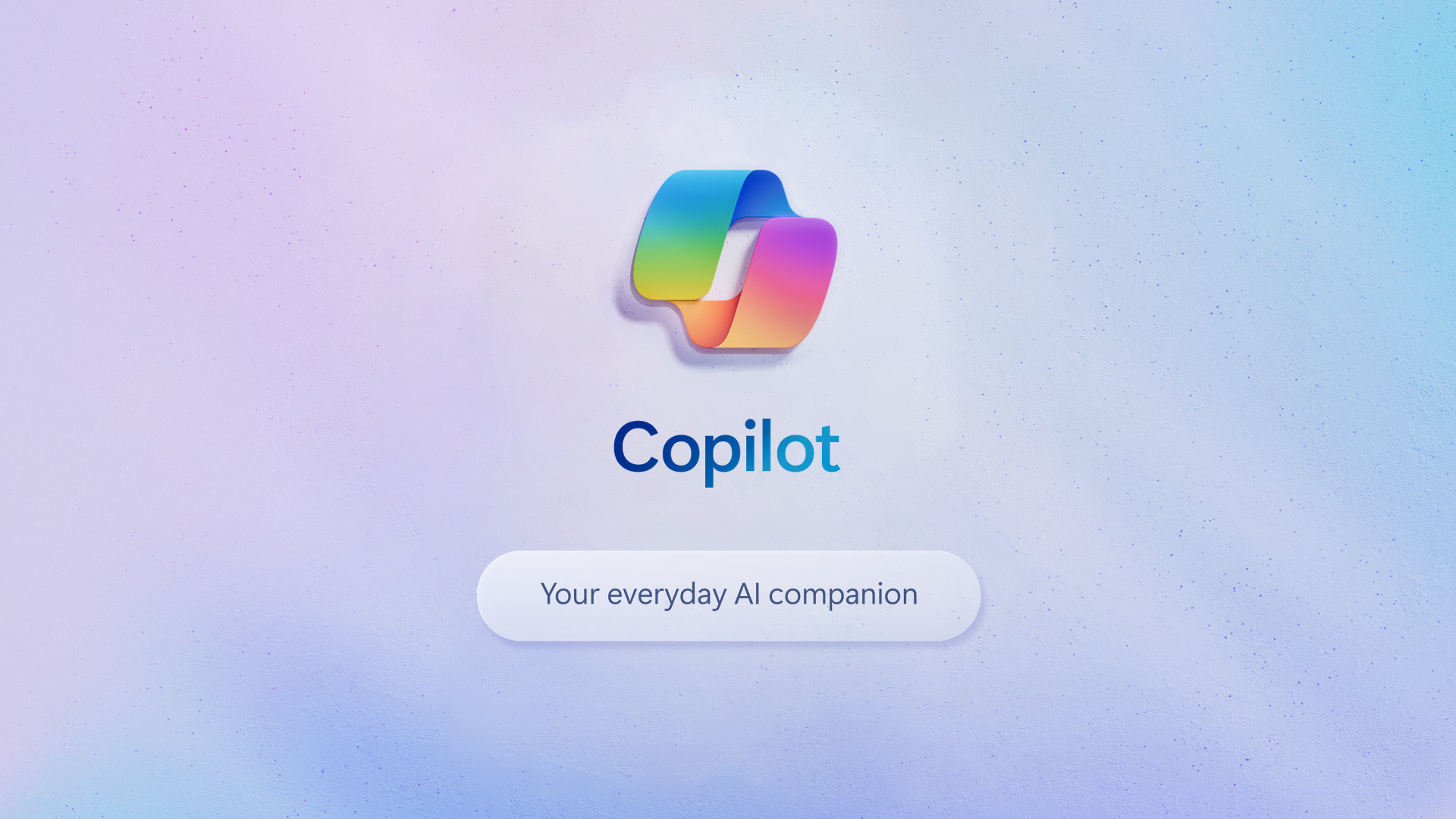Disasters happen; they’re an inevitability of life. When they strike, your business has to be ready to implement its Business Continuity (BC) and Disaster Recovery (DR) plans.
These terms are often used interchangeably; while similar, there are some key differences between the two approaches, which we’ll explore below.
Business Continuity vs. Disaster Recovery
Business Continuity
Business continuity is a plan or strategy that outlines different protocols and ensures that a business maintains some operational capacity or level during a disaster.
Following a disaster, a business continuity plan (BCP) will outline how a business will proceed and continue to deliver its services or products. A business continuity plan is established according to an estimated recovery time.
With business continuity or a BCP, it is all about ensuring that your business continues to run in the event of a disaster or during disruption. Typically, it is a temporary operational plan and the measures are in place to address the disruption until the business is able to fix the larger issues.
A business continuity plan can include contingency plans, and if relocation is required, it will detail how a business will operate in this event. Alongside this, a BCP will also take into account all types of disaster, from large scale catastrophes to small interruptions and minor events such as a power outage.
In order to get a business to continue its operations during an interruption or disaster, a business continuity plan focuses on several key areas: network connections, phone lines, network drives, servers and business applications. With these essential IT systems, a business is able to get their systems back up and running promptly with minimal disruption and little damage to work productivity.
Disaster Recovery
Disaster recovery, or a disaster recovery plan (DRP), is a process that is put in place by a business in order to respond to catastrophic events, including natural disasters, fire, terrorism, cybercrime and more.
It resolves disruption after an event has happened and the plan details the process of resolving the disruption. It identifies the source of the incident that is effecting business operation, recovers lost data, and then finds a way to fix it in order to get the business up and running.
A disaster recovery plan is often very technical, focusing on specific deadlines and includes recovery time objectives (RTOs). Businesses can have different DRPs that cover all kinds of disasters or cyber-attacks.
With disaster recovery, the plan is all about the measures a business takes in response to an event and how to return to BAU (business as usual) as quickly, and as safely as possible.







